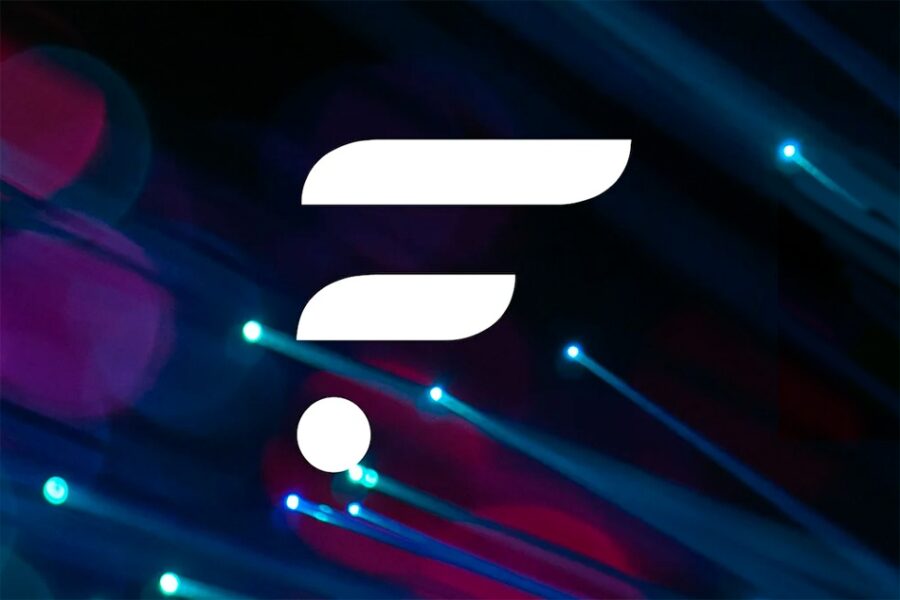Users active in the cryptocurrency market in 2020 have been waiting for the Flare Network airdrop process for a long time. The long-awaited airdrop of Flare’s FLR tokens started today. More than 4 billion tokens are distributed to those eligible to receive the token. Meanwhile, FLR, whose main network was launched in the morning, began to take its place on many exchanges. Here are the details…
Flare Network airdrop: One of the biggest airdrops in history
On January 10, Flare Networks broadcast a live countdown for one of the biggest token distribution events in crypto history. More than two years after taking a snapshot of XRP holders, Flare has finally started airdropping the tokens. Flare is a layer 1 Blockchain network that aims to bring smart contract compatibility to the Ripple network. cryptocoin.comAs we reported, in October 2022, Flare (formerly Spark) announced that it would firstly airdrop 15 percent of the token to XRP holders by taking a snapshot of the investors’ wallet.
FLR is live.
Flare is the #blockchain for building applications that use data from other chains and the internet.https://t.co/uCCwXAvtsz#Flare #ConnectEverything pic.twitter.com/llPaBUdEAr
— Flare ☀️ (@FlareNetworks) January 10, 2023
That distribution finally started today. This move will be one of the largest token airdrop distributions in the industry. The Initial Flare Improvement Proposal (FIP01) states that 4.28 billion FLR tokens will be airdropped today. The remaining 24.23 billion tokens will be distributed monthly for 36 months to those who “Wrap” their FLR tokens. Layer-1 oracle network provides access to data from web2 to web3. It tracks data from all types of Blockchains, including non-smart contracts like Bitcoin, Ripple or Litecoin.
Many exchanges support the airdrop.
With a total of 4.27 billion FLR tokens, Flare’s token airdrop will be distributed on very popular exchanges. Centralized exchanges participating in the airdrop include Binance, OKX, Kraken, Bithumb, UpBit, and Kucoin. Hugo Philion, Flare CEO and Co-Founder, said:
We need more useful decentralized applications for the blockchain industry to thrive. Flare provides not only prices, but transaction details, Web2 events, etc., so that developers can create applications that bring more benefits to a larger group of users. will be operational.

He added that this could enable the creation of new use cases. A possible use case would be to trigger a Flare smart contract action with a payment made on another chain. Additionally, it could facilitate a new bridge-building path to bring non-smart contract tokens to Flare for use in DeFi applications. Also, the network has two basic protocols:
- Flare State Connector protocols: It enables secure, scalable and reliable use of data in Flare’s smart contracts. This takes advantage of the data quality in the network and encourages the development of more cross-chain alternatives.
- Flare Time Series Oracle (FTSO): It leverages network architecture to provide highly decentralized rates and data streams to Flare dapps without being dependent on centralized data providers. FTSO is a highly decentralized data oracle with around 100 individual data providers incentivized to provide consistent data every three minutes.

Ripple (XRP) price has not moved
Despite the start of the Flare Network airdrop process, there was little response from Ripple’s XRP in December 2020, when Flare Network took screenshots of the wallets. XRP price was trading at $0.335, down 0.1 percent on the day at the time of writing. The cross-border transfer money hasn’t moved much in the past week, even as those around it boosted their earnings.







